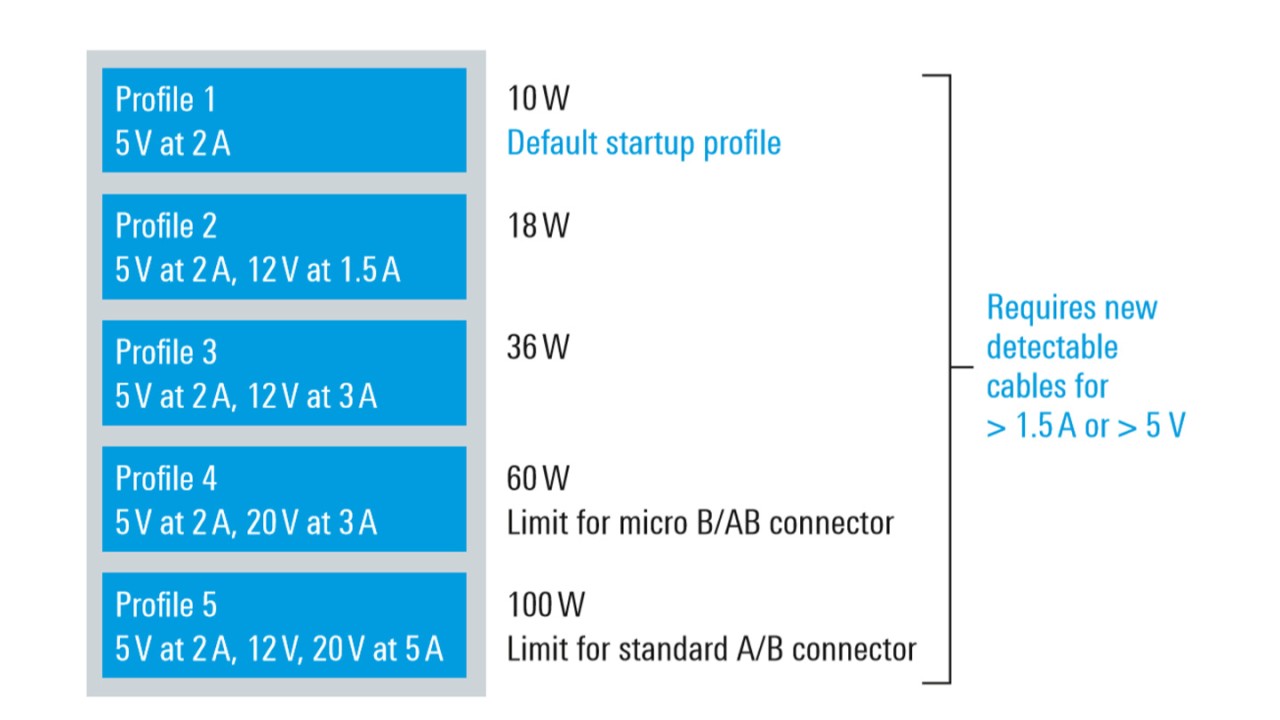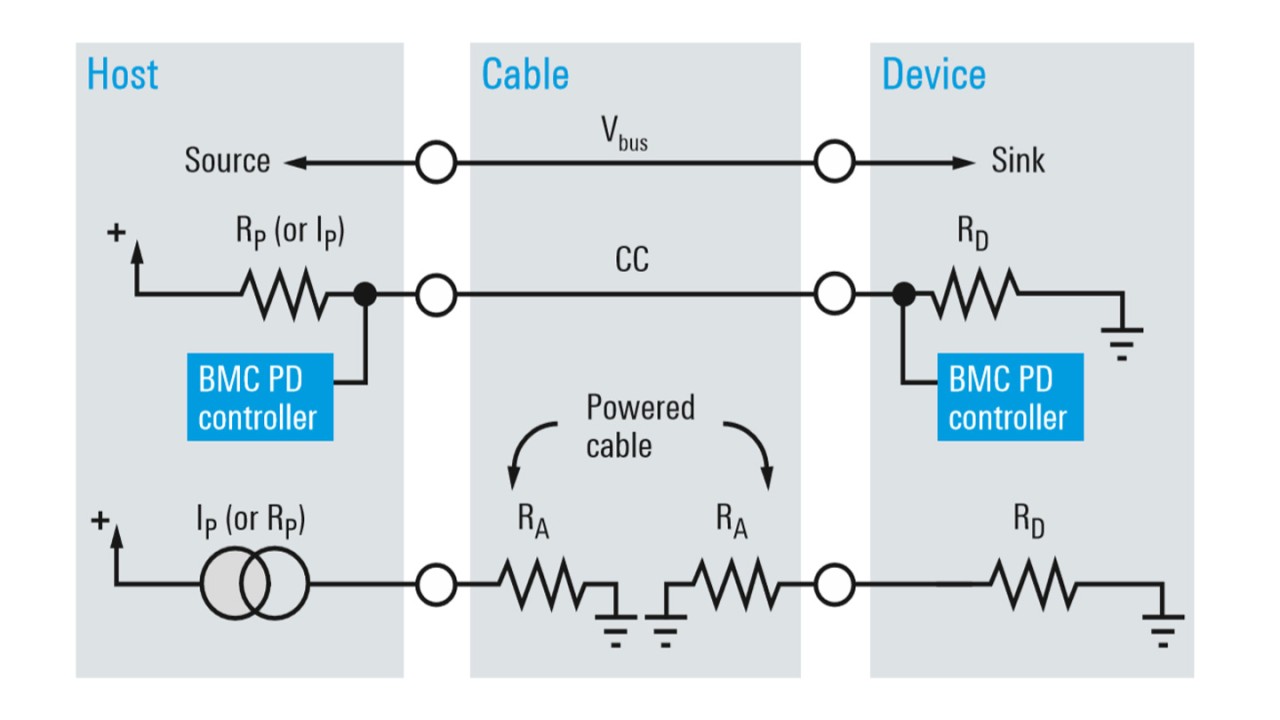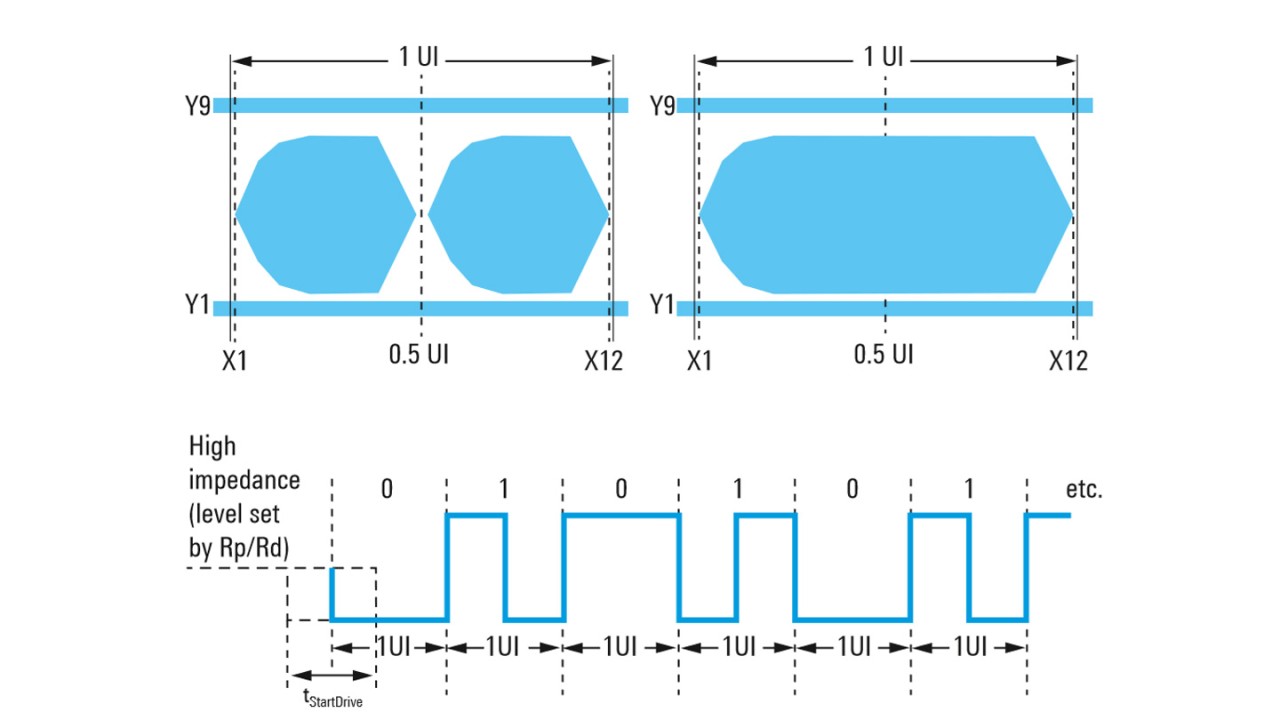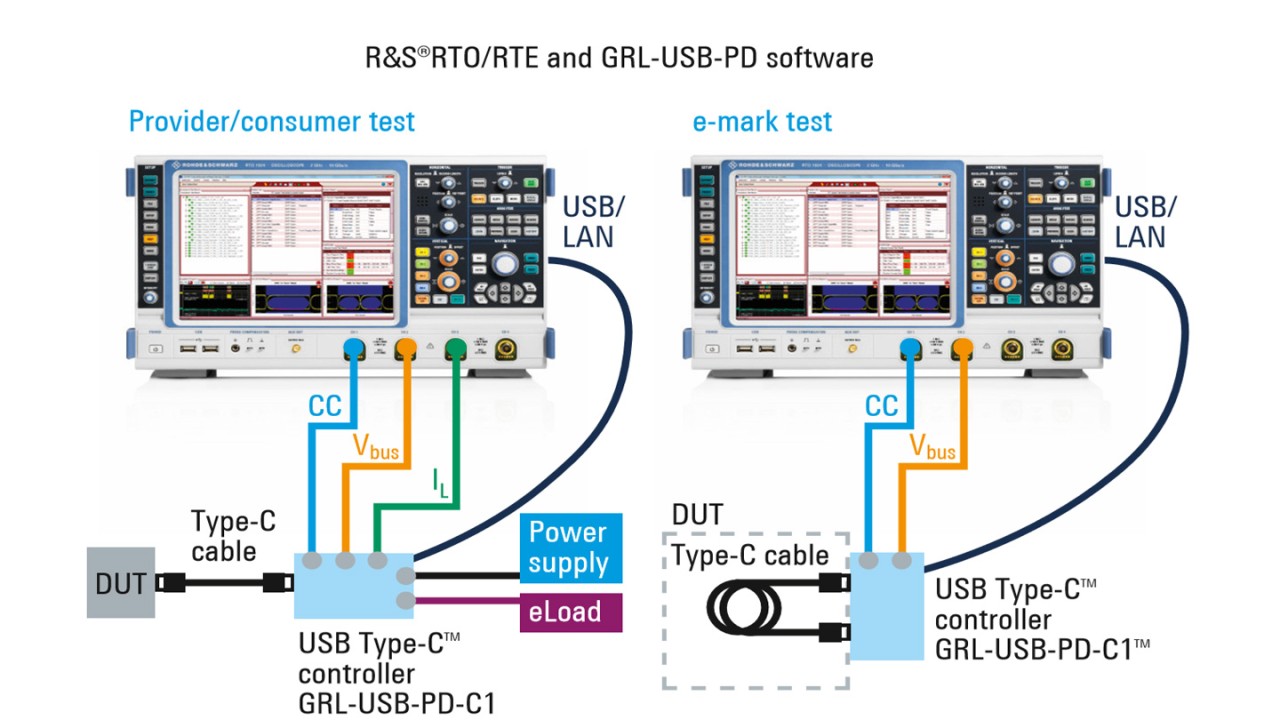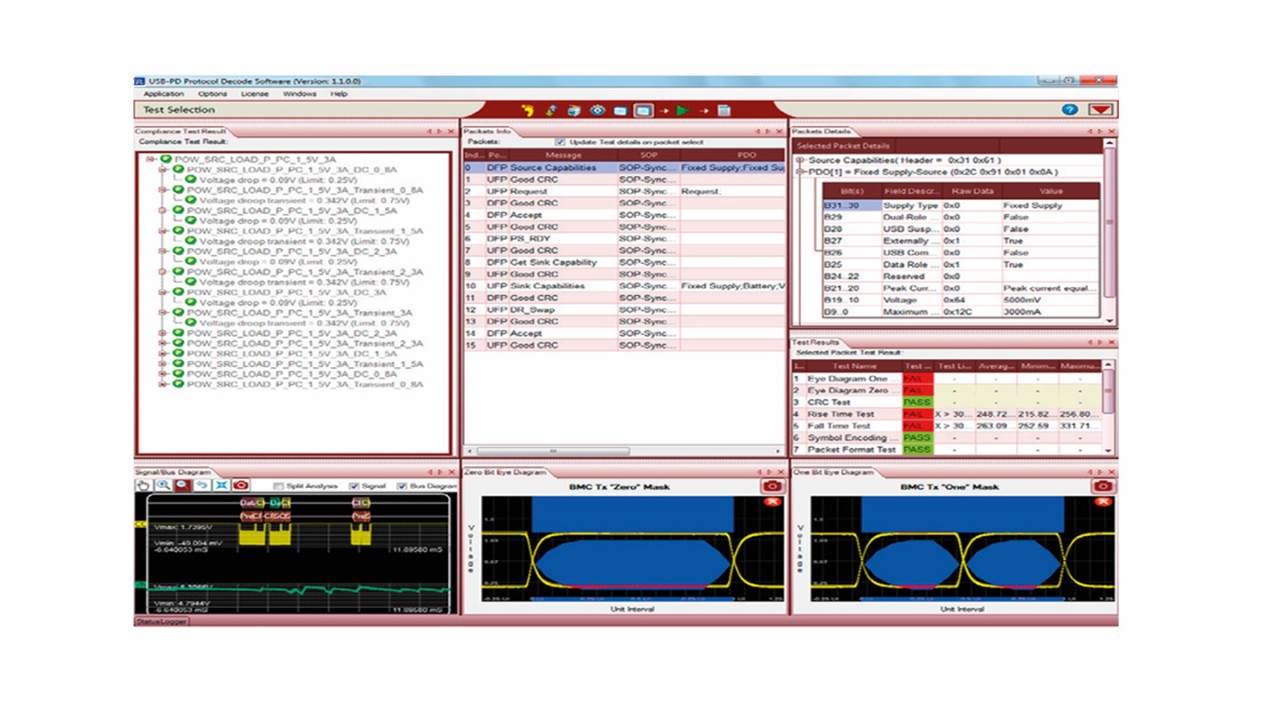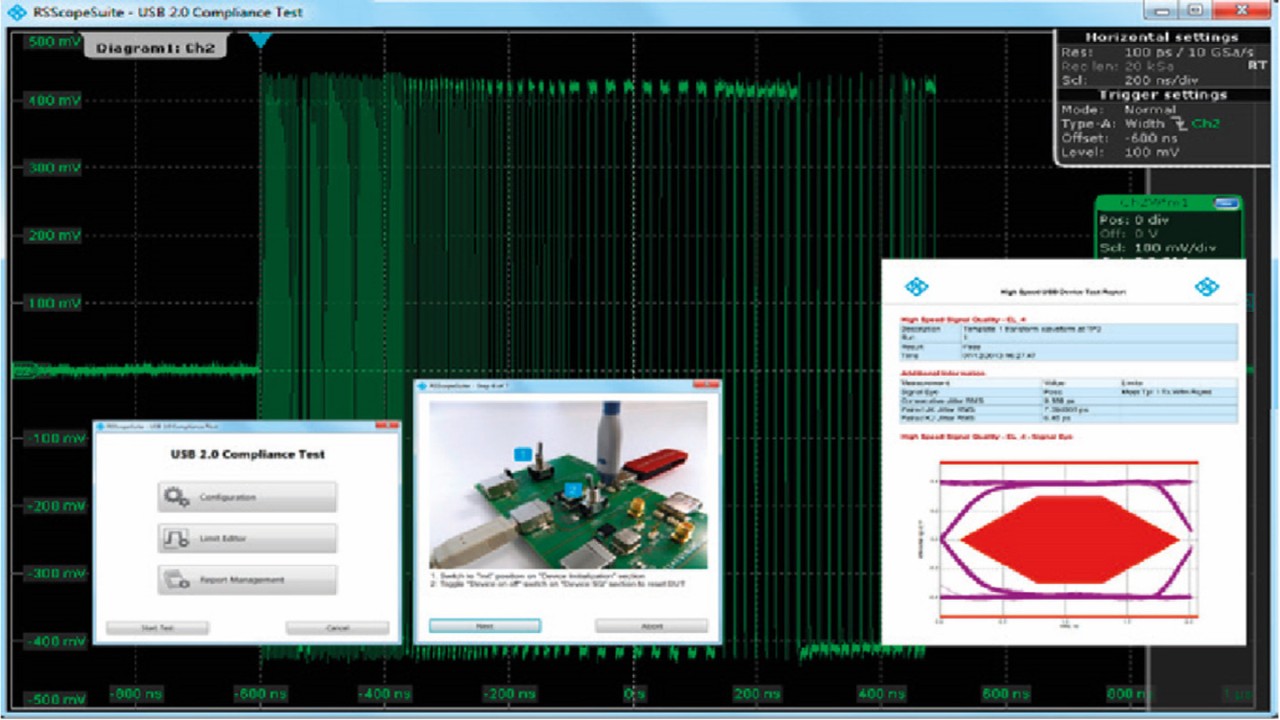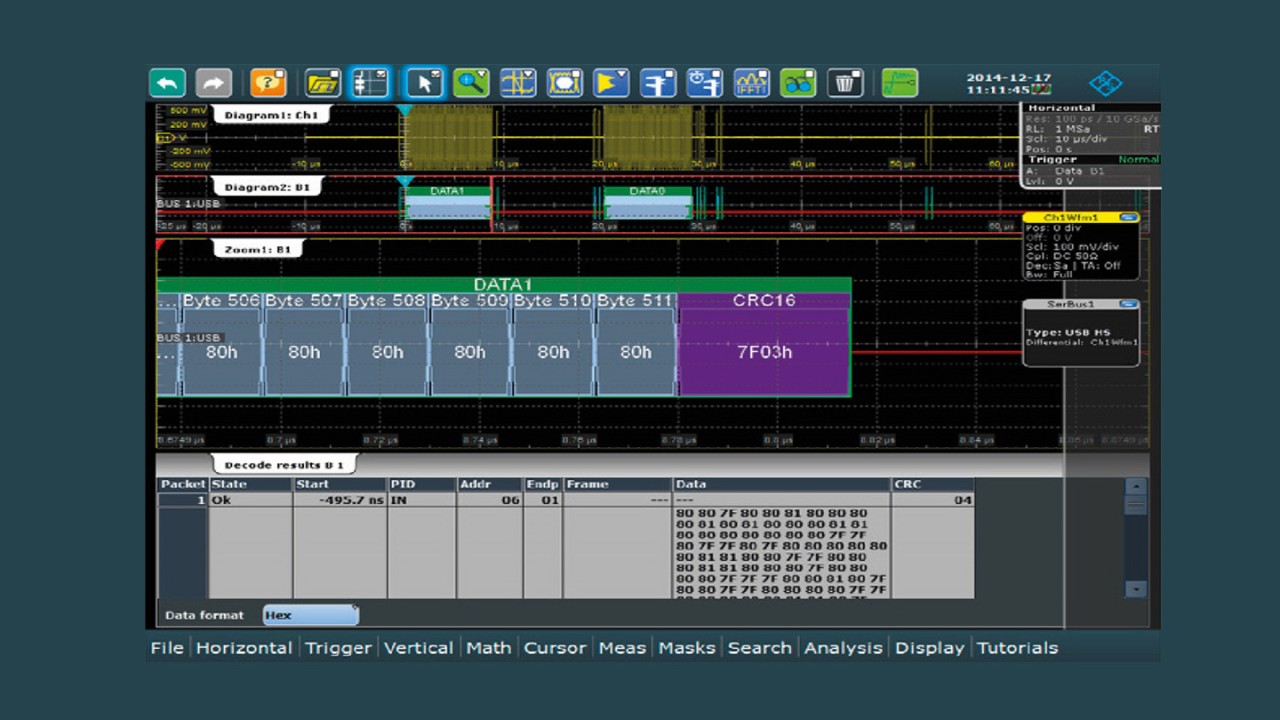USB power delivery compliance testing with Rohde & Schwarz oscilloscopes
One of the key advantages of USB power delivery (USB PD) supported by USB Type-C™ connectors is the capability to transmit power up to 100 W. Using low speed signaling, the devices negotiate a USB PD profile. Suppliers of USB Type-C components and device vendors utilizing the USB PD standard need to ensure interoperability in terms of protocol handshake and signal integrity.





